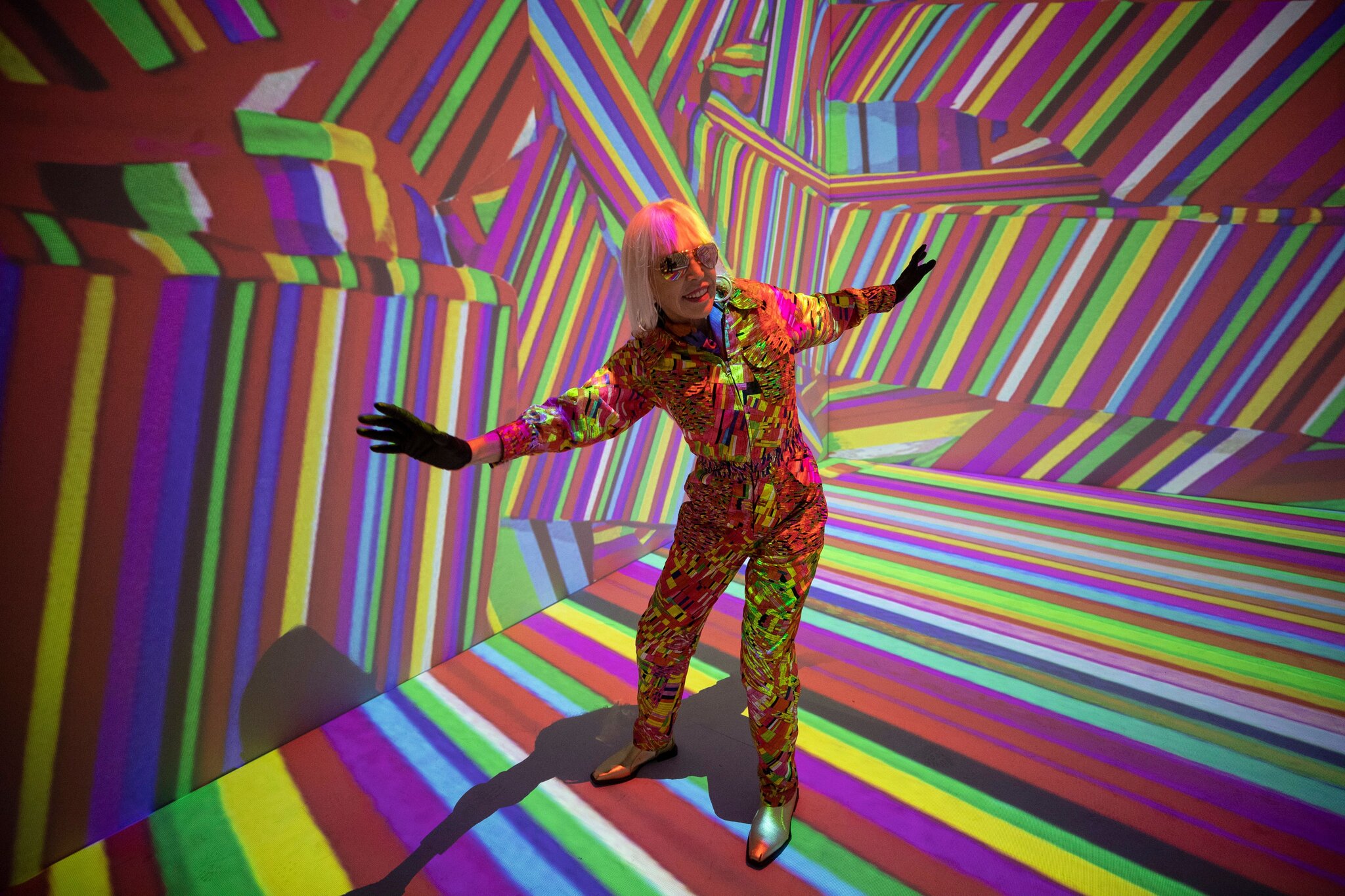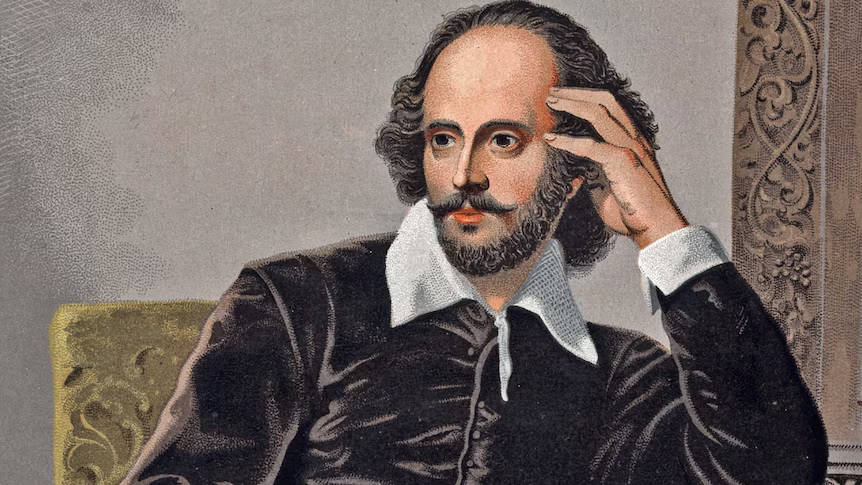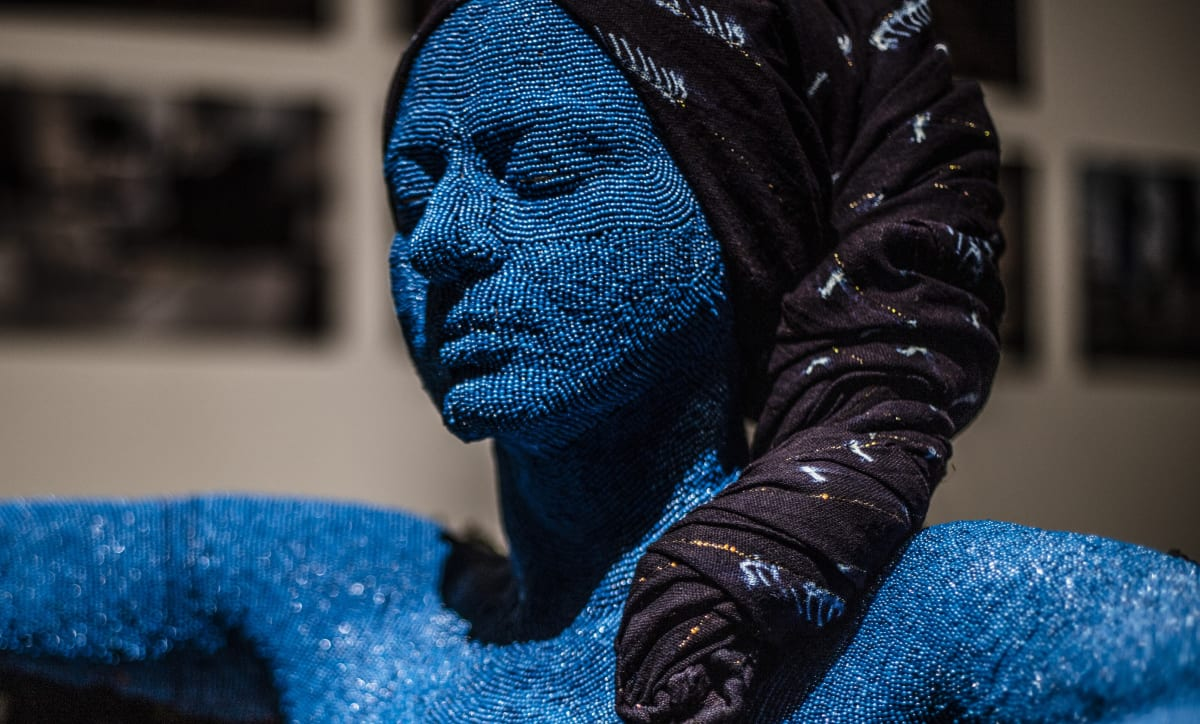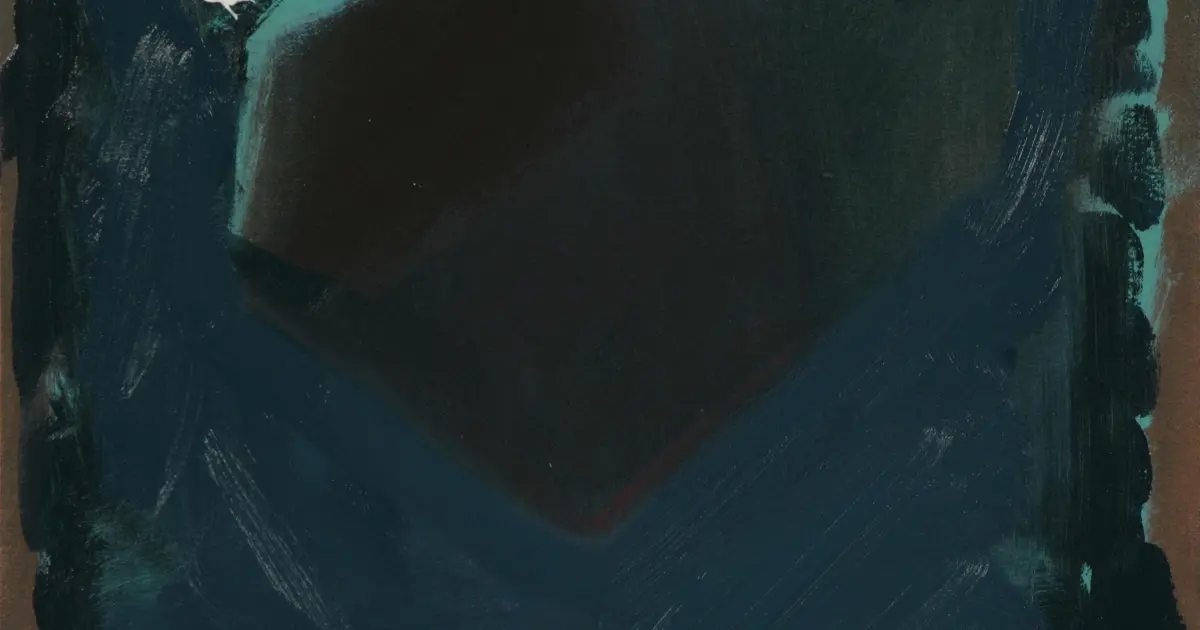In the shadows of globally celebrated artists lies Marta Minujín, a name often overlooked in mainstream discussions of modern art. Born in Buenos Aires, Minujín’s boundary-pushing installations have been critical in shaping Latin American conceptual art. She challenges traditional gallery formats, instead opting for experiences that engulf viewers in chaotic color, structure, and sound. Her most famous works, like The Parthenon of Books, symbolize freedom through art and social commentary—yet she remains lesser-known outside academic and South American circles.
Minujín’s impact is both cultural and political. Her installations aren’t just visual spectacles but statements on censorship, liberty, and consumerism. As a pioneer of “happenings” in the 1960s, she blurred the line between artist and audience long before immersive art became a trend. Her projects often include public participation, creating dialogues rather than passive observation—an approach now echoed by global exhibitions but rarely credited to her.
Bringing Marta Minujín back into the art conversation enhances our understanding of art’s global and social dimensions. Her story highlights how geographic and linguistic barriers can veil significant contributions to the world’s creative legacy. To foster a richer appreciation for contemporary art, it’s time we look beyond the Western canon and give due recognition to voices like hers—bold, immersive, and transformative.





